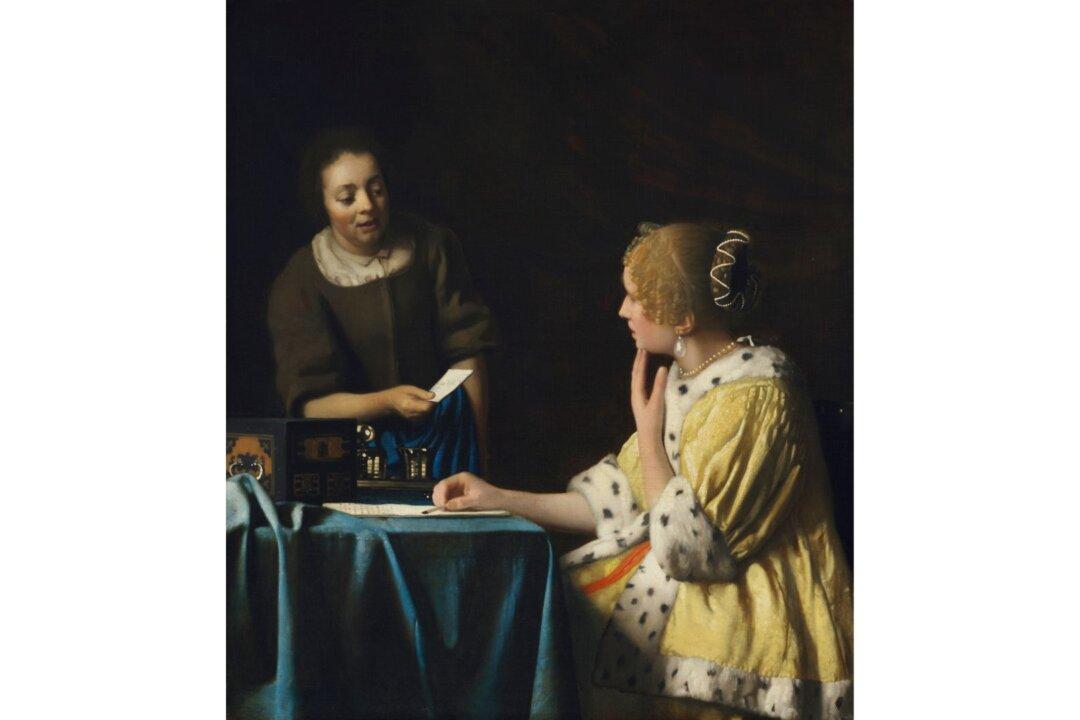Art experts remain baffled by a 16th-century altarpiece titled “The Virgin and Child With Saints Louis and Margaret.”
The National Gallery, London recently acquired the devotional work for 16.4 million pounds (around $21.7 million). The American Friends of the National Gallery, London helped fund the acquisition. Members of the public will be able to view the altarpiece for the first time in over 60 years, when the gallery displays it starting May 10. They’ll also learn some of the surprising elements in the work that explain why its artist remains a mystery.






